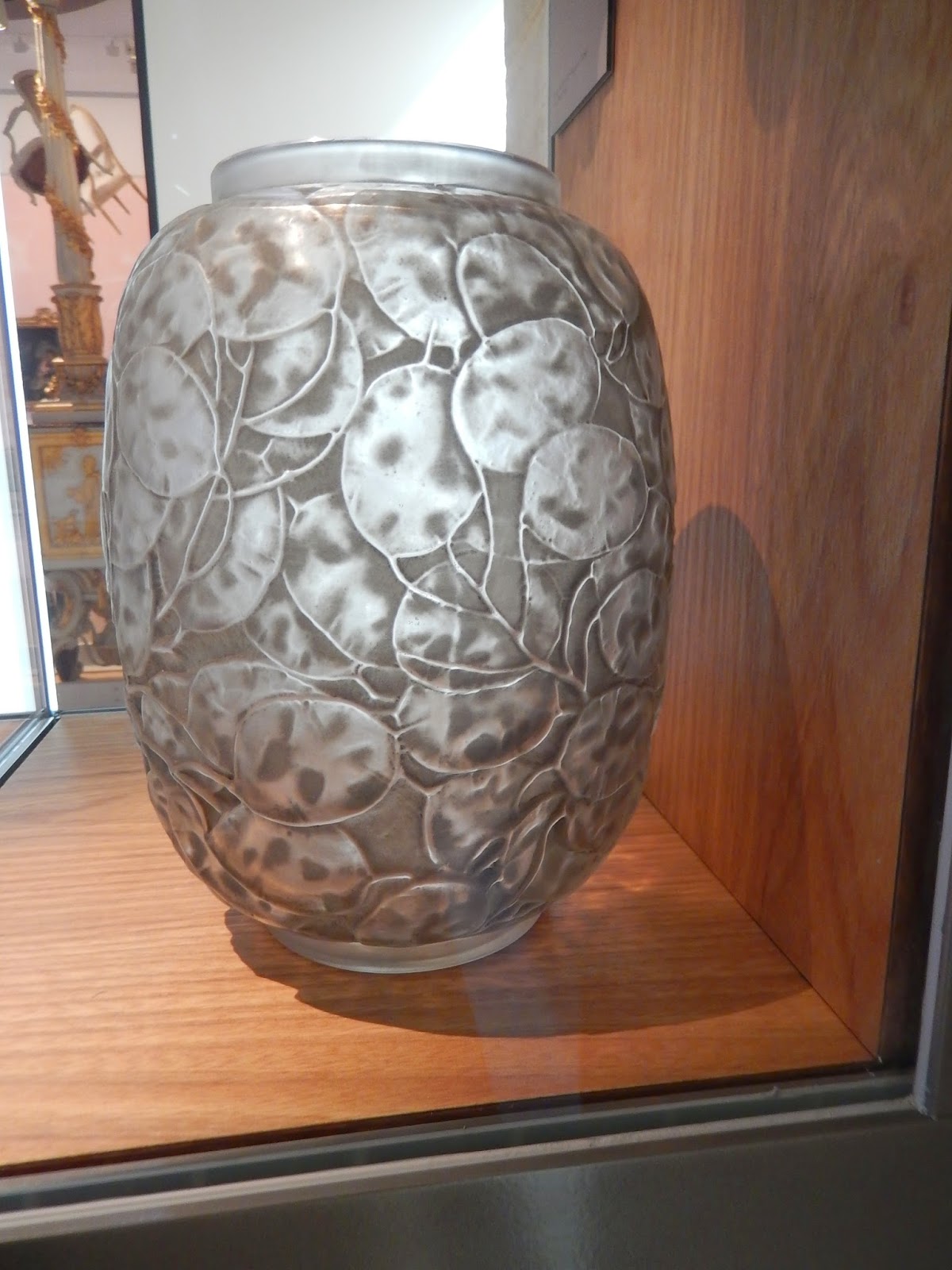It's an old town, not entirely touristed-up. There are also new areas, either because it has grown, or because parts were destroyed in the war. These are pictures of older parts.
This statue outside the plaza leading to the museum with the Tapestry.
Going toward the Tapestry, former princely buildings now state administrative offices. Same function, different government.
This tree was planted after the Revolution, as a marker of hope and renewal. We figured it survived all these years because it's in a protected place, within a horseshoe of former royal buildings, and the cathedral on the fourth side.
Spire of the Cathedral in Bayeux. Below, a carving inside the Cathedral.
There is an art-and-history museum next to the Cathedral. The art is OK. They have a Caillebotte painting, but it's not his best. The Bayeux area was inhabited by the Romans and before them by Celts, and the museum has a good selection of ancient artifacts. They have a lot of crockery, as Bayeux was a big center of porcelain production in the past, and a large display of lace and lace-making that was very interesting. The lace is a lot more intricate in its technique than the Bayeux Tapestry.
Ceiling in an court room from the ?17th? century. Below, a pate-de-verre vase by Rene Lalique, really the best thing in the technology section. It's a good 14" tall.
In a courtyard, this pump which sadly didn't work (Julianne tried).
On the outskirts of Bayeux, the museum dedicated to the Normandy Invasion. There's a lot to say about WWII in Bayeux, which is very close to the Normandy beaches, especially Omaha Beach. This wasn't the trip for that, but Julianne went to the museum. I had gone in 2004, with Rob Keyes-Bach. It's very worthwhile, as are the beaches themselves - what those guys were up against!So, that's it for Bayeux, folks.
-- by Nancy










No comments:
Post a Comment